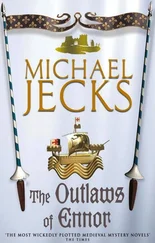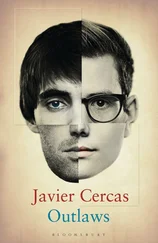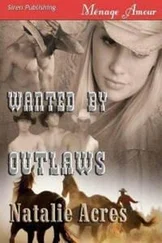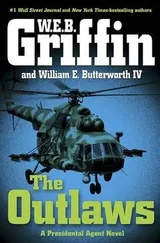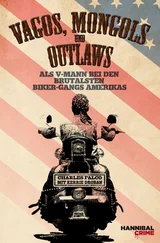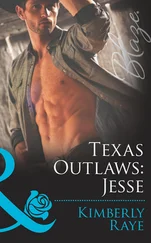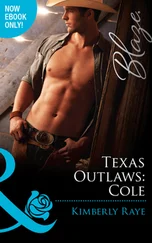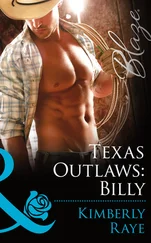“I mentioned him. She was easy to talk to, you know? We kind of hit it off. She felt bad about how fucked up my greenhouses got and I told her right off how they got that way. I mean, she could see the damned pager on my leg. Then she said something about money solving legal problems and I said unless money is the problem. And she said only lack of money is a problem and I thought about Frank’s story and I made a crack about running out of money and using diamonds instead. It went from there. Barry, the gambling, the Asian gangsters, the pissed-off girlfriend and her ten grand. Allison wanted to know more. So.”
“So?”
“So. I put her in touch with Melissa,” said Ronette. “Then I shut my mouth and washed my hands of that whole thing. I was trying to rebuild this business, you know? Next thing I hear Barry’s gunned down up in L.A. somewhere-I read it in the papers.”
“Give me Allison’s numbers.”
Ronette came up with a phone number and that was all.
“Good luck,” said Hood.
“It’ll start when you get off my property.”
Melissa met him in the Nordstrom cafe in Beverly Hills. She had come from a manufacturer’s show. Her dark hair was weaved through with faint lavender streaks that matched her nails.
Hood asked about the woman who Ronette West put in touch with her.
“Oh,” she said, sipping her coffee drink and blushing beneath her makeup.
“Start with her name,” said Hood.
“Allison. I never asked her last name.”
“Did you meet her?”
“Never. We only talked on the phone.”
“How much did you tell her?”
“Hardly anything.”
“Melissa, if you lie to me again I’ll arrest you right here. This is a promise.”
“I told her everything.”
“Did you meet her?”
“No. That’s the truth.”
“She knew the time, the place?”
“Yeah. Everything.”
“How long did it take Allison to get your ten grand back?”
“A few days.”
“Cash?”
“In a market bag. She called and left it on my driveway.”
Hood volunteered to check credentials at the press conference Monday evening because he was no longer working two assignments.
He’d never seen so many reporters for a law enforcement news conference. Not only were the national networks and local affiliates here, but PBS, all of the big cable news outfits, several of the small ones, ten or so radio networks and stations, student newspapers and radio from half a dozen Southland universities, and maybe twenty print writers and photographers. They came from as far south as Tijuana and as far north as Portland, Oregon. Many of them were from towns and cities that Hood had never been to.
He stood at the entrance to the big room and checked the names off a master list. Well over half of the media participants weren’t on the list because they hadn’t come to a LASD press conference until now.
But no one was going to miss the story of Lupercio Maygar and the trail of blood he was leaving across the Southland, and of the vanished L.A. schoolteacher wanted for questioning as a possible witness.
So he logged in the reporters and gave them temporary passes. There was an oddly festive atmosphere. Hood gathered that the Monday conference was good timing for what must be a slow local news week. He signed in a lovely blonde from a Bakersfield radio station, but when he said he’d grown up there, she looked at him pityingly and said she was from Boulder.
When the media had all been admitted and the room was nearly full, Hood found a seat near the back. His legs were still stiff from dune climbing and running in the Bakersfield desert. He could still taste human blood, though he reasoned that this was his imagination and memory playing a trick on him. But his body was the least of it. His soul felt filthy, and the faces of Officers Jackson and Ruiz-which Hood hadn’t seen clearly until the Sunday papers-waited at the center of it. Ruiz was DOA at a Bakersfield hospital. His HIV test had come back negative.
Besides all this Hood was inordinately focused on the fact that Jackson’s riot gun had never been fired. Two shotgun blasts had killed the men, but Lupercio had not taken their weapon and used it against them. Hood had seen it in Jackson’s hands. Since that moment he’d fastened onto this anomaly like a life raft. He had used part of his bleary Sunday to read every page of Wyte’s jacket on Lupercio. There was not one mention of the man ever using a shotgun. When Hood tried to picture Lupercio trotting across the desert and into Madeline’s home with a shotgun, he couldn’t quite see it. A shotgun wasn’t an assassin’s tool. It was efficient but loud, difficult to conceal, effective only at close range. Reviewing the Bakersfield PD crime scene report, Hood saw that the shot pattern had expanded rapidly-more rapidly than even a sawed-off barrel and an open choke would suggest. It was as if the shells weren’t fired through a gun barrel at all, but from some truncated handheld contraption. A zip shotgun? Possibly. How about through his fingertips, like lightning bolts-one more example of Lupercio’s black magic? But two shotgun blasts had killed the officers, this was a fact. Each charge contained number six shot, which Hood knew was typically used for large birds such as pheasant and was fabulously destructive on a human up close. It was also a fact that no empty shot shells had been recovered.
Twenty minutes later Captain Patmore had finished his synopsis of the facts surrounding the murders of two Indian brothers in San Diego County and the murders of Bakersfield Officers Burt Jackson and Steve Ruiz.
Then the monitor beside him filled with the ten-year-old California Department of Corrections release photos of the suspect, Lupercio Maygar-left profile, right profile, front.
Hood listened to the murmur that rose in the room, though he wasn’t certain what it was for. The man in the photograph looked fearless and unhappy, but far from unusual. L.A. was full of fearless and unhappy men. His short black hair was parted on the side and partially covered his forehead. Then Hood heard Lupercio’s name being spoken by some of the reporters, and he realized that they remembered him-his break with the gang he had helped establish, and his bloody war and peace.
Next came the sketch done by Jordan Jones. Hood was relieved to see that Jordan’s proud signature had been removed. And he was relieved that Jordan’s sketch of Lupercio with his straw cowboy hat on was not shown. Hood had explained to Patmore and the other media relations people that if Lupercio saw the drawing with the hat he would know who had described him. And that Lupercio might wish to silence this person. The new Lupercio looked out at his audience with a different haircut but the same steady eyes and compact, ageless face.
Patmore described Lupercio’s criminal career, from his early days around MacArthur Park, where he helped form the deadly Mara Salvatrucha, to his break from the gang ten years later.
“We’ve issued a warrant,” said Patmore. “We’re hoping that somebody will recognize this man and call us. There is currently a reward of one hundred thousand dollars, pledged from some of the fine individuals and businesses served by our department. If every one of you watches and listens, we can stop this man. There’s a number at the bottom of your screen, and for those of you listening on radio…”
Next up on the monitor was a synopsis of Lupercio’s criminal record, followed by a physical fact sheet. He stood five feet three inches tall and weighed 120 pounds. Brown eyes, black hair. Knife scars on his belly and forearms, bullet scars on his right front thigh and right stomach.
Patmore pointed to the next image on the monitor, which showed Lupercio shirtless from behind.
Читать дальше

